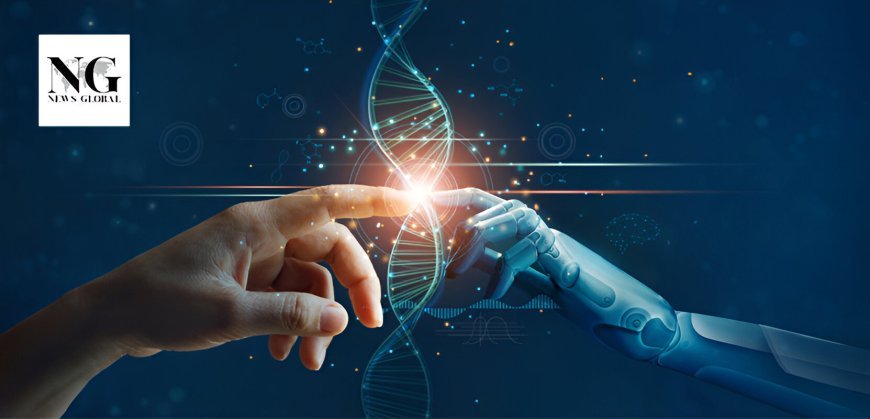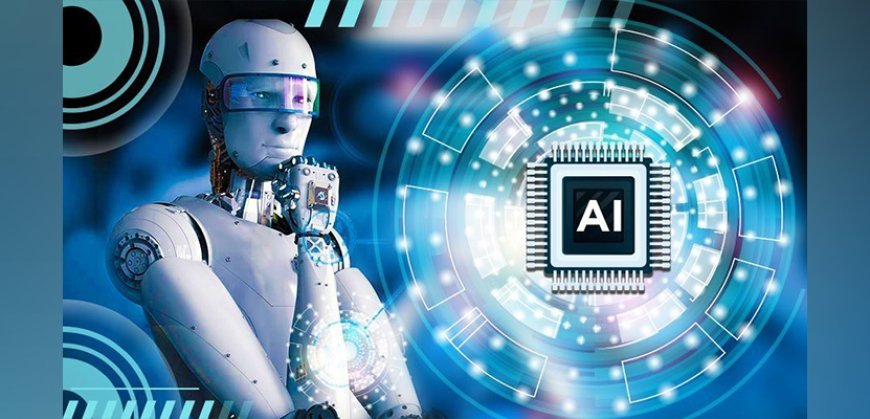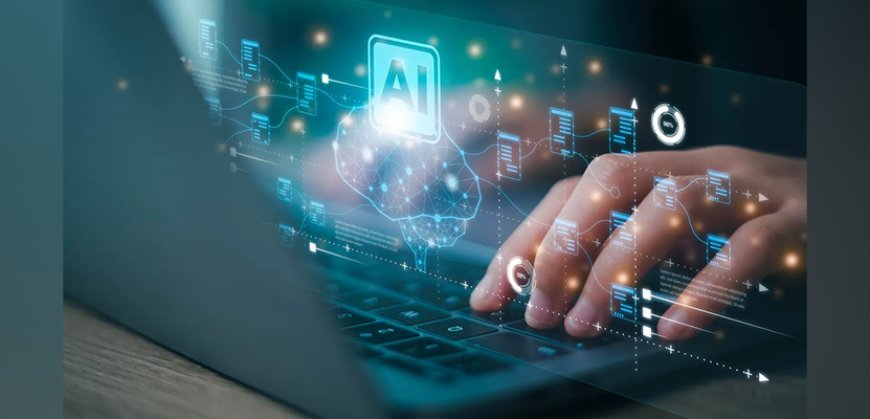Industry Snapshots 2025: How AI Is Powering a New Era of Human-Machine Collaboration
Could AI take over your tasks or just make your work smarter? Discover how AI is reshaping jobs, skills, and productivity.

In multiple sectors, workforces are transitioning routine responsibilities to AI systems, allowing human effort to concentrate on decision‑making, emotional intelligence, and intricate problem resolution. Supported by augmentation technologies, structured reskilling programs, and workflow redesign, AI serves as both a complement and a substitute for specific task categories. Approximately 40% of jobs globally face some level of exposure, with this figure approaching 60% in advanced economies. Effective integration has the potential to generate sustained productivity gains.
New Wave of Automation
Unlike past waves of automation that primarily targeted routine work, modern AI reaches into high‑skill, cognitive tasks, raising both the upside of augmentation and the risk of disruption, especially in advanced economies. If transitions are supported, generative AI can automate portions of 60–70% of current work activities and contribute an estimated 0.1–0.6 percentage points to annual labor‑productivity growth through 2040.
AI Integration Across Major Industries
Healthcare: Ambient documentation platforms leverage speech recognition and natural language processing to convert clinician–patient interactions into structured clinical notes. Their application has been associated with decreased burnout indicators and higher satisfaction scores among medical staff. Long-term integration studies reveal a consistent drop in perceived administrative load, positioning these systems as augmentation technologies that complement care delivery processes.
Manufacturing: In today’s factories, around one‑tenth of newly installed robots are collaborative models. These smart assistants handle monotonous or unsafe duties, enabling people to concentrate on fine‑tuning machinery and ensuring product excellence. IFR’s 2024 report confirms that robotics integration is accelerating steadily, representing thoughtful redesign across production floors instead of rapid replacement of human labor.
Customer service and retail: According to a Gartner‑referenced survey, 85% of service executives intend to test or implement conversational GenAI solutions in 2025. This growth marks a decisive step toward enhancing both agent efficiency and digital self‑service platforms. Yet, since customers continue to value human interaction during complex or critical cases, the most effective frameworks integrate automation and personalized AI assistance with timely human engagement to achieve faster, more satisfying resolutions.
Banking and finance: Generative AI’s value concentration in knowledge‑heavy functions positions banking among the top beneficiaries, with potential annual value in the low hundreds of billions via risk, customer operations, and software development improvements. Early deployments focus on augmenting knowledge retrieval, coding, and frontline guidance rather than replacing advisory roles outright.
Logistics and field services: Service‑robot growth is led by transportation and logistics categories, where automation augments human pick, pack, move, and inspection tasks in complex environments. These systems typically complement humans with speed, reach, and safety while workers supervise, handle exceptions, and manage flows.
Tactics to Work Effectively with AI
- With AI conducting summarization, retrieval, and drafting, human attention is dedicated to exceptions, relationship work, and key decisions.
- Develop prompt and tool fluency so staff can iteratively co‑pilot with AI and verify outputs, raising speed and quality without eroding accountability.
- Cross‑train for new task mixes (quality, supervision, orchestration) and fund continuous learning to keep pace with evolving models and interfaces.
AI Leadership Tips for Managers
- Lead with AI augmentation, focusing deployment where it consistently improves precision and throughput, keeping a human in control for supervision and anomaly management.
- Jointly engineer duties and guardrails with frontline operators, tying measurable KPIs for quality, operational safety, and user experience to adoption goals.
- Anticipate customer preferences by maintaining clear human handoffs in service journeys, especially for complex or sensitive interactions.
Policy Priorities for the AI Era
- Pair AI diffusion with social protection and reskilling to curb inequality, recognizing higher exposure in advanced economies and variation in country preparedness.
- Invest in digital infrastructure and human capital where readiness lags, guided by indices of AI preparedness and labor‑market resilience.
- Monitor distributional effects, as empirical evidence shows adoption can depress employment in certain regions and groups without offsetting measures.
Key Risks of AI Adoption
- Inequality may widen within and across countries if higher‑income or better‑prepared groups capture most complements and capital returns.
- Displacement pressures can be concentrated among specific sectors, middle‑skill occupations, and demographics without targeted transition support.
- Over‑automation can degrade customer trust and outcomes when human preference for empathy and accountability is ignored in service design.
Steps to Safely Implement AI at Work

- Map tasks, not jobs: identify augment‑first use cases and required skill shifts by role and function.
- Fund continual learning: Implement clear safety guardrails, with human oversight, escalation guidelines, and adversarial testing for AI outputs.
- Safety first: designate human reviewers, set action triggers for anomalies, and perform red‑team simulations to find weaknesses before launch.
- Fairness follows: measure spread of benefits, spot areas of exclusion, and adjust strategies to support all groups.
- Trust is maintained: communicate intentions, timelines, and advancement maps to prevent doubt and resistance.
Conclusion
When organizations redesign work to unite human skills with machine capabilities, the result can be higher productivity and improved worker safety. This outcome depends on pairing AI augmentation with reskilling programs, protective guardrails, and carefully planned service design. Neglecting these steps reverses the equation, leading to disruption and widening inequality.
FAQs
How is AI changing the types of tasks humans do at work?
AI is shifting routine, repetitive, and even cognitive tasks from humans to machines. While humans previously focused on manual or administrative tasks, they are now concentrating on decision-making, problem-solving, emotional intelligence, and exception handling, which AI cannot reliably replicate.
Which industries are seeing the biggest benefits from AI adoption?
Healthcare, manufacturing, banking, customer service, and logistics are among the top sectors. AI tools reduce administrative load in healthcare, optimize production in manufacturing, enhance knowledge retrieval in banking, improve service efficiency in retail, and augment field operations in logistics.
Can AI fully replace humans in these industries?
Not completely. AI excels at repetitive or knowledge-intensive tasks but struggles with empathy, judgment, and complex decision-making. Most sectors use AI as an augmentation tool, helping humans work faster, smarter, and with fewer errors.
How much work can generative AI realistically automate?
Studies suggest generative AI could automate 60–70% of current work activities in certain roles, primarily in structured or knowledge-heavy tasks. Full automation of entire jobs remains unlikely due to human oversight requirements and the need for judgment in complex situations.
What skills do workers need to stay relevant in an AI-driven workplace?
Key skills include AI tool fluency, critical thinking, problem-solving, supervision and orchestration of AI outputs, relationship management, and adaptability through continuous learning. Cross-training for hybrid roles is essential.

 Admin
Admin 